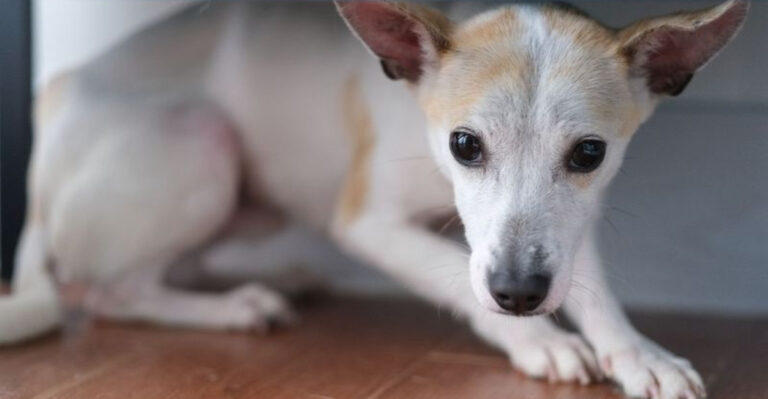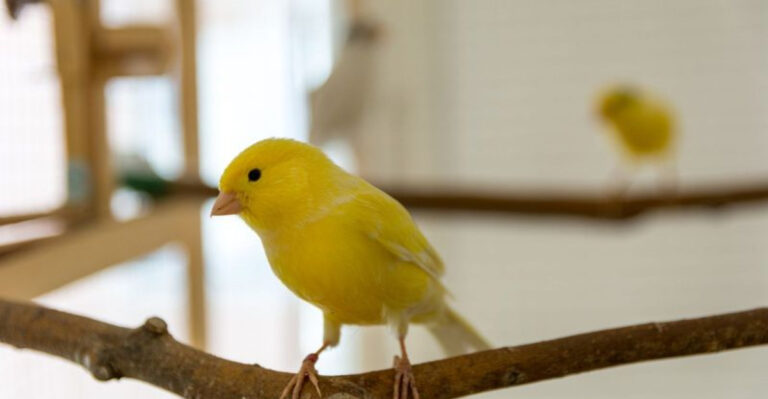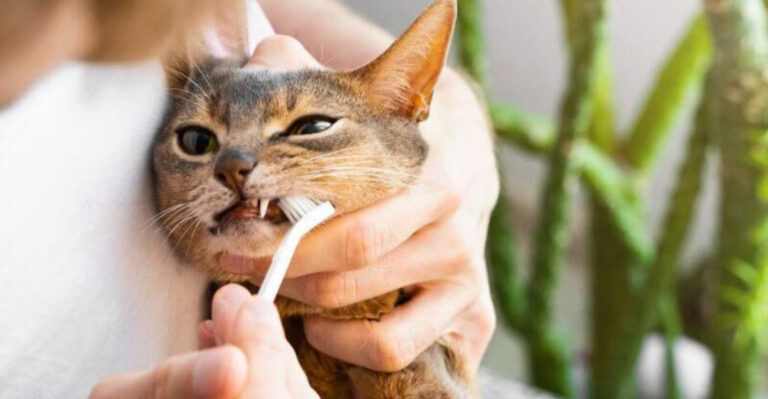14 Ways To Read Emotional Stability In Your Cat’s Behavior
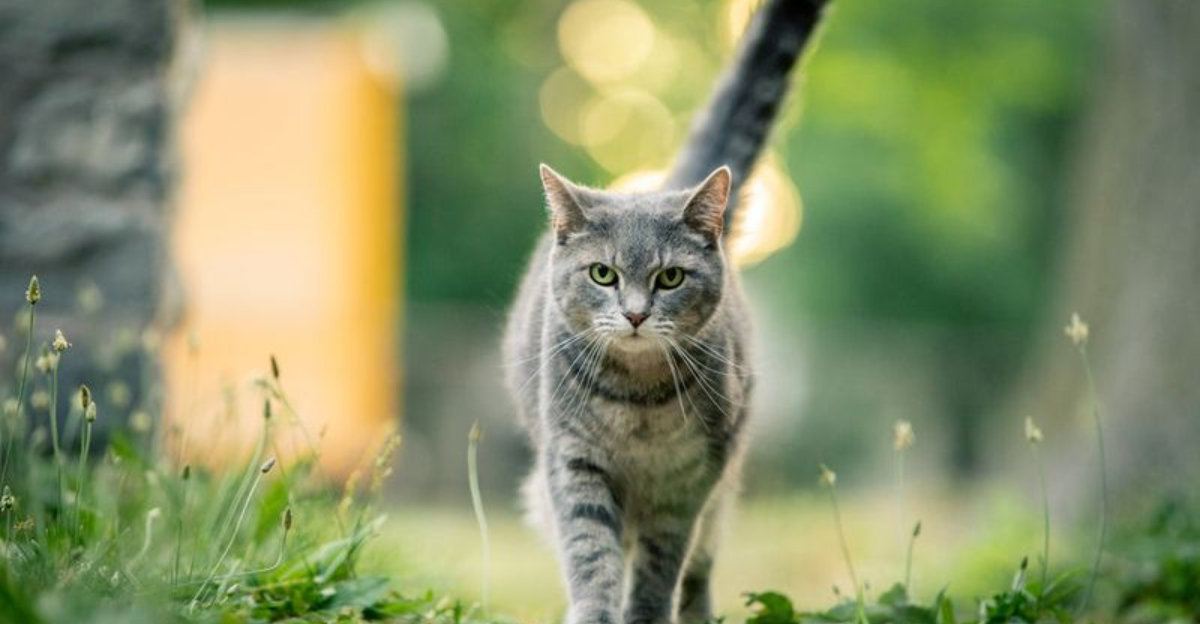
Cats may seem mysterious, but they’re actually telling us how they feel all the time. Understanding your feline friend’s emotional state can help strengthen your bond and ensure they’re happy and healthy.
By paying attention to these telltale behaviors, you’ll become fluent in cat language and better equipped to meet your pet’s needs.
1. Tail Position Speaks Volumes

A cat’s tail is like an emotional barometer. When held high, your kitty feels confident and content. A low or tucked tail suggests fear or anxiety.
Rapid tail flicking indicates frustration or excitement, while a gentle sway shows focused attention. The slow, deliberate swish often precedes a pounce during playtime.
2. Ear Movements Reveal Inner Feelings
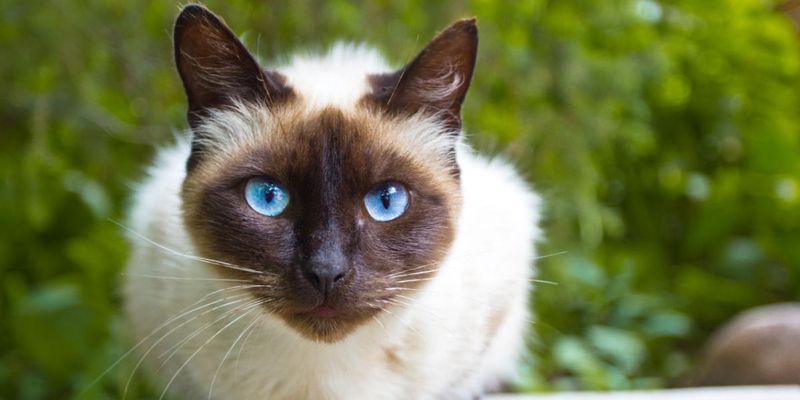
Forward-pointing ears signal curiosity and engagement. Your cat is interested in what’s happening and feels secure enough to explore.
Flattened ears pressed against the head? That’s a warning sign of fear or aggression. Ears that twitch and rotate like little satellite dishes mean your cat is processing multiple sounds and staying alert.
3. Purring Isn’t Always Happiness

Most people think purring equals contentment, but cats also purr when stressed, injured, or in labor. It’s a self-soothing mechanism that releases endorphins to help them cope.
Context matters! A relaxed body with purring likely means happiness, while tense muscles with purring might indicate your cat is trying to calm itself during distress.
4. Eye Contact And Pupil Size

Slow blinking from your cat is essentially a kitty kiss! This gesture shows complete trust and comfort in your presence. Try blinking slowly back to return the sentiment.
Dilated pupils can mean excitement or fear depending on the situation. Constricted pupils in normal lighting might signal aggression or irritation. Relaxed, almond-shaped eyes indicate your cat feels safe.
5. Grooming Habits Indicate Stress Levels
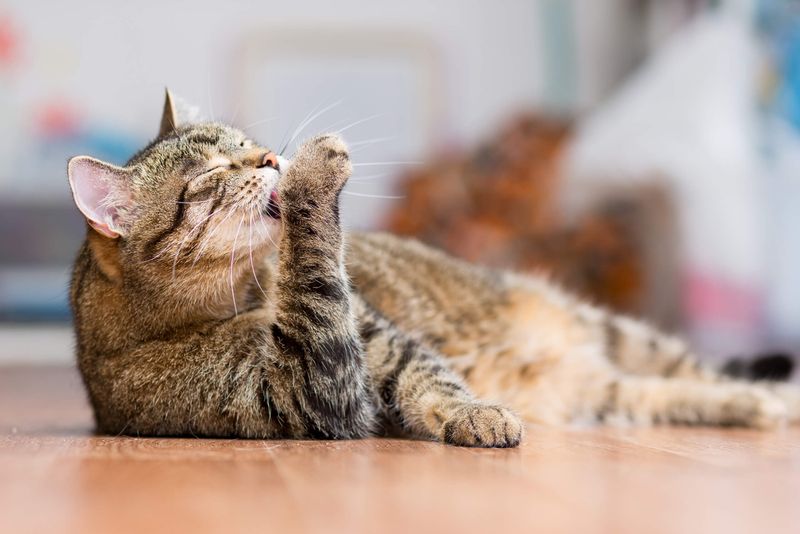
Regular, moderate grooming shows a balanced, content cat. Excessive licking, especially creating bald spots, signals anxiety or stress that needs addressing.
Conversely, a complete lack of grooming may indicate depression or illness. Watch for sudden changes in grooming routines as they’re reliable indicators of your cat’s emotional and physical wellbeing.
6. Sleeping Positions Reveal Security Feelings
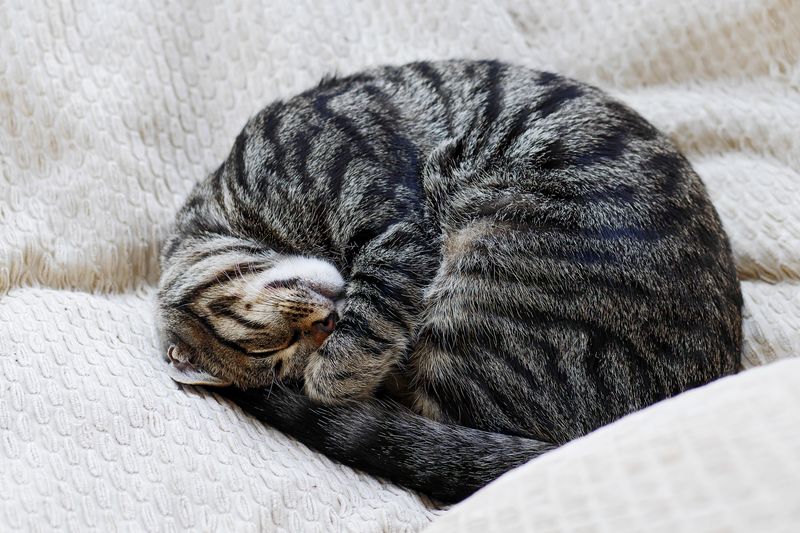
A cat sleeping with its belly exposed demonstrates ultimate trust and security in its environment. This vulnerable position would never be chosen if your cat felt threatened.
Curled up tightly like a cinnamon roll? Your kitty might be conserving heat or feeling slightly defensive. Cats who sleep stretched out fully are typically very comfortable and confident in their surroundings.
7. Vocalizations Beyond Meows
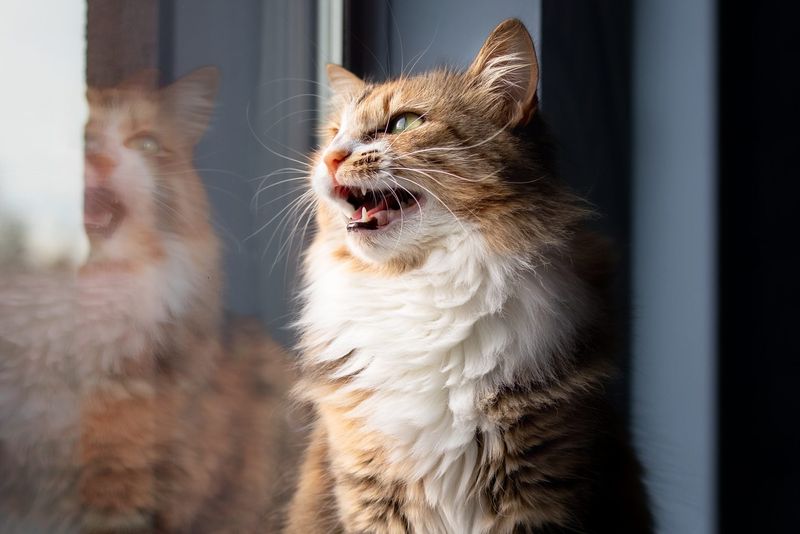
Chirps and trills usually signal friendly greetings or excitement. These adorable sounds show your cat is happy to see you or anticipating something pleasant.
Low-pitched growls or hisses indicate fear or aggression. Yowling might signal pain, distress, or mating behaviors. Consistent changes in vocalization patterns warrant attention as they could indicate emotional or physical issues.
8. Appetite Changes Signal Mood Shifts
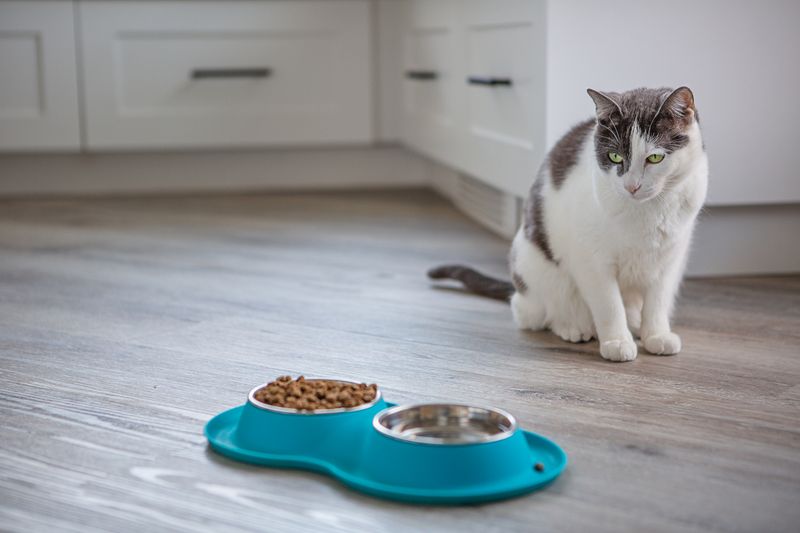
Sudden disinterest in food often indicates stress or anxiety in cats. Environmental changes, new pets, or household disruptions frequently manifest as appetite loss.
Comfort eating works similarly in cats as in humans. Some cats seek food when anxious, while others refuse it. Establishing your cat’s normal eating patterns helps you notice these emotional indicators quickly.
9. Whisker Position Shows Emotional State
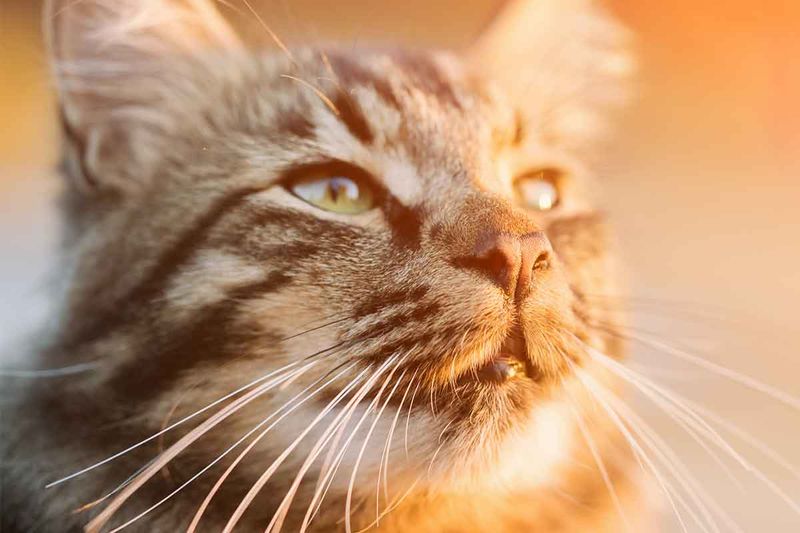
Forward-facing, relaxed whiskers indicate a content, curious cat. When whiskers pull back against the face, your cat might feel threatened or defensive.
Whiskers pointed forward with tension suggest excitement or alertness during hunting or play. These sensitive tools not only help cats navigate physically but also express emotional states that attentive owners can learn to read.
10. Playfulness Levels Indicate Security
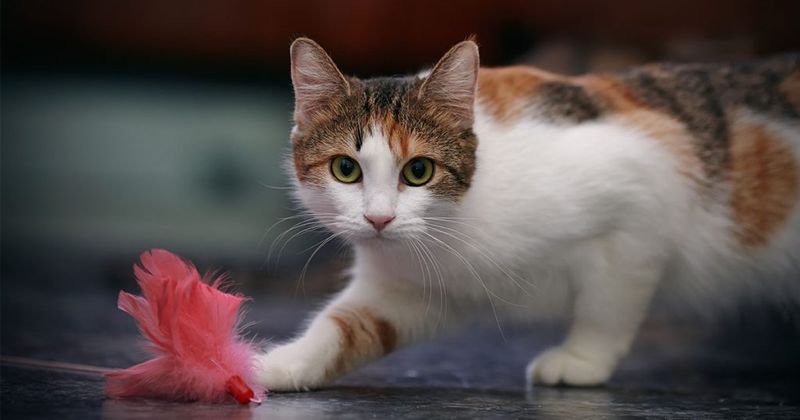
A cat that engages in regular play demonstrates emotional stability and security. Playful behavior shows your cat feels safe enough to let its guard down.
Sudden disinterest in favorite toys might signal stress or illness. Conversely, frantic, obsessive play could indicate anxiety or boredom. Balanced play behaviors reflect a cat with healthy emotional regulation.
11. Hiding Behaviors And Their Meaning
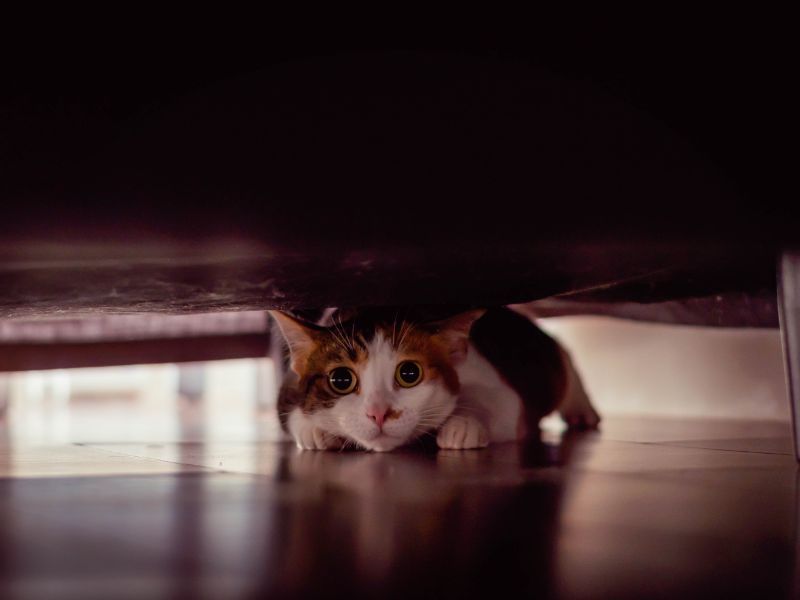
Occasional hiding is normal cat behavior. However, prolonged or increased hiding often indicates anxiety, fear, or illness requiring attention.
The location matters too. Hiding in elevated, observable spots suggests mild caution, while tucking away in small, dark spaces might indicate greater distress. Gradually coaxing cats from hiding spots with treats helps rebuild confidence.
12. Body Posture Reveals Confidence Levels
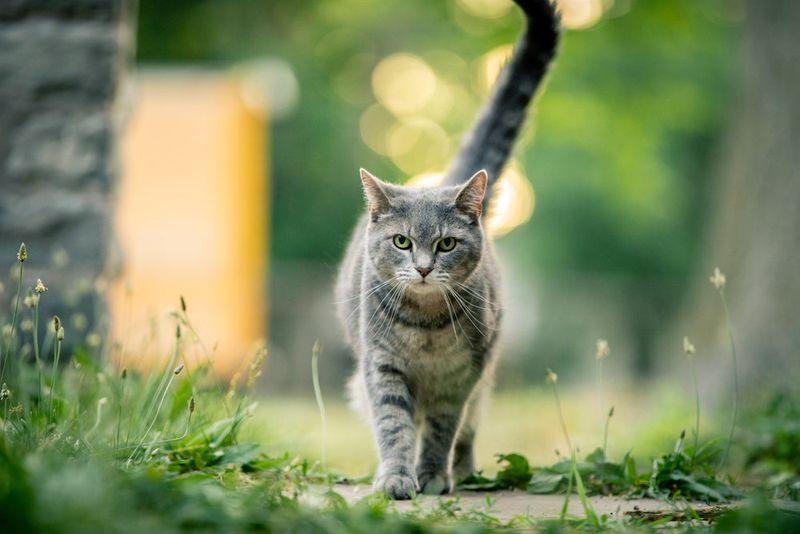
An arched back with puffed fur signals fear or aggression. Your cat is trying to appear larger to intimidate perceived threats.
A relaxed cat holds its body loosely, moving fluidly without tension. Look for a neutral spine position and easy movements. Cats that walk with tall, confident postures with tail high feel secure in their territory.
13. Kneading Behavior Indicates Comfort
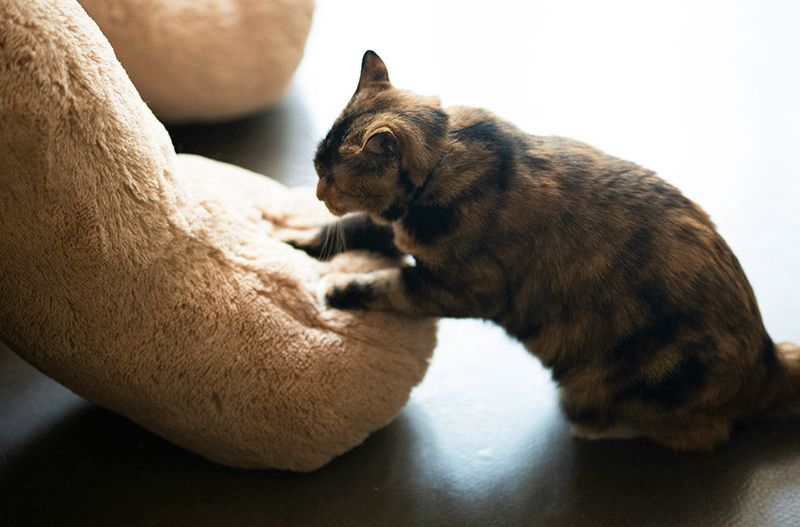
That adorable paw-pressing motion stems from kittenhood nursing behaviors. When adult cats knead on soft surfaces or your lap, they’re expressing contentment and security.
The intensity and duration of kneading can indicate how relaxed your cat feels. Some even drool while kneading, showing complete comfort. This behavior connects to positive emotions and early bonding experiences.
14. Litter Box Habits Reflect Emotional Health
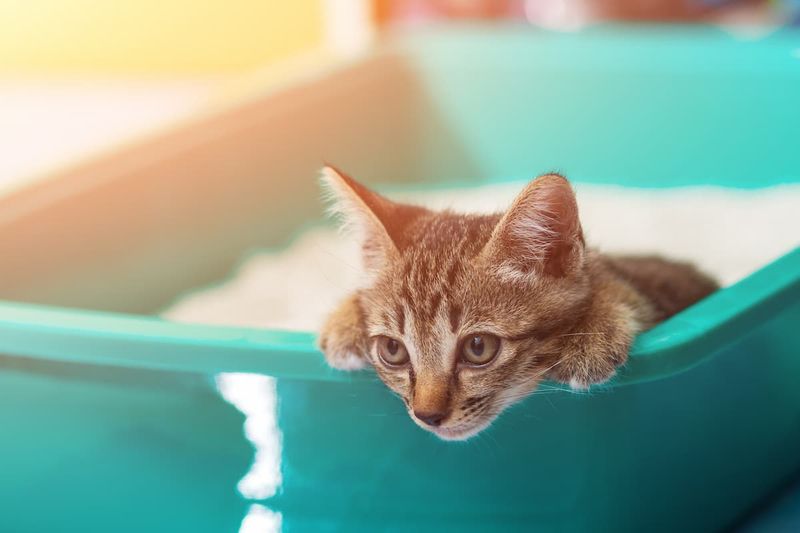
Consistent litter box use indicates a secure, content cat. Sudden avoidance or accidents often signal stress or territory insecurity before physical problems.
Some cats express displeasure through strategic accidents near significant items. Multiple-cat households may see litter box issues during social tension periods. Clean, accessible litter boxes help maintain both physical and emotional feline health.

